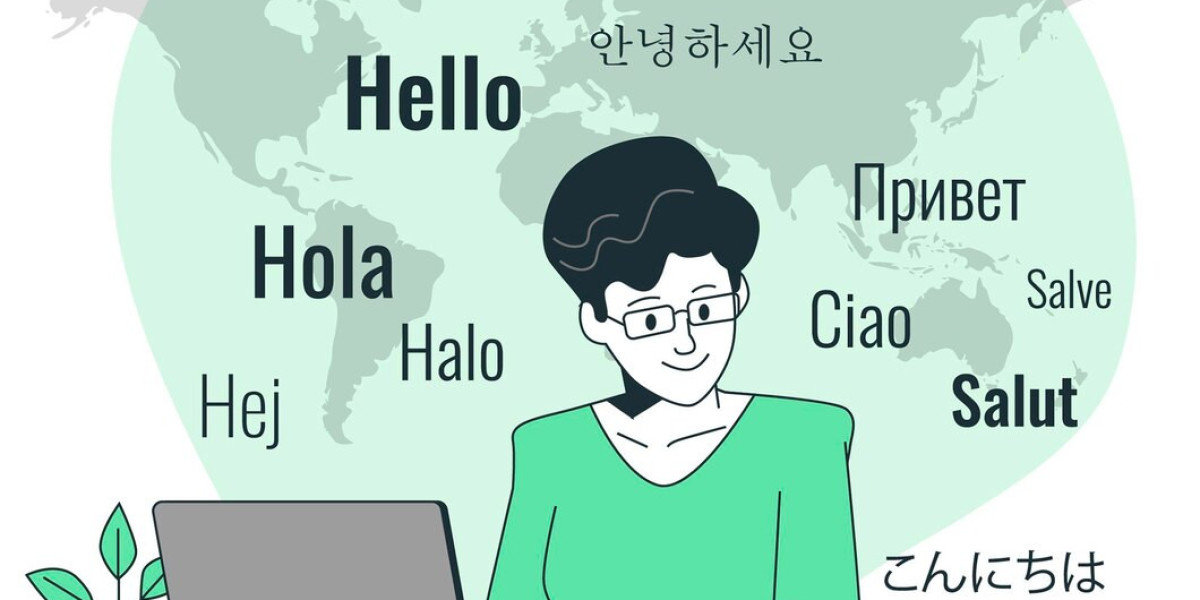Managing a remote team that spans different time zones and languages can be a daunting task. Communication barriers, time zone differences, and cultural nuances often create challenges that can hinder productivity and collaboration. However, with the right tools and strategies, these challenges can be effectively managed, allowing your team to thrive. This article explores essential tools that can help you streamline the management of remote teams, ensuring that your team remains cohesive, productive, and well-coordinated regardless of geographical boundaries.
## 1. Communication Platforms: Ensuring Seamless Interactions
Effective communication is the cornerstone of any successful remote team. With team members spread across various time zones, it's crucial to have a platform that facilitates real-time communication and collaboration. Tools like Slack, Microsoft Teams, and Zoom have become staples for remote teams, offering features like instant messaging, video conferencing, and file sharing.
Slack, for example, allows you to create channels for different projects or teams, ensuring that conversations are organized and easy to follow. Microsoft Teams integrates seamlessly with other Microsoft Office tools, making it easier for teams to collaborate on documents, presentations, and spreadsheets. Zoom, on the other hand, is perfect for virtual meetings, offering high-quality video and audio, as well as features like screen sharing and recording.
These tools not only bridge the communication gap but also help in building a sense of community among team members. By providing a platform for casual conversations and team-building activities, they help to replicate the camaraderie of an in-person office environment.
## 2. Project Management Tools: Keeping Everyone on Track
Managing projects across different time zones requires a robust project management tool that can keep everyone on the same page. Tools like Asana, Trello, and Monday.com are designed to help teams stay organized, manage tasks, and track progress.
Asana allows you to create tasks, set deadlines, and assign responsibilities to team members. Its timeline feature provides a visual representation of the project schedule, making it easy to see what tasks are due and when. Trello, with its intuitive card-based system, is great for managing workflows. It allows you to move tasks from one stage to another, ensuring that nothing falls through the cracks. Monday.com offers customizable workflows, allowing teams to tailor the platform to their specific needs.
These tools are particularly useful for remote teams as they provide a centralized platform for tracking progress and managing tasks. Team members can update their tasks in real-time, ensuring that everyone is aware of the project's status, regardless of their location. Additionally, these tools often offer time-tracking features, which can help in managing workloads and ensuring that deadlines are met.
By implementing a project management tool, you can create a clear structure for your team, reducing confusion and ensuring that everyone is working towards the same goals.
## 3. Time Zone Management Tools: Coordinating Across Clocks
One of the most challenging aspects of managing a remote team is coordinating meetings and deadlines across different time zones. Tools like World Time Buddy, Every Time Zone, and Timezone.io can help you navigate this complexity.
World Time Buddy allows you to compare time zones, making it easy to schedule meetings at a time that works for everyone. Every Time Zone provides a visual representation of time zones, allowing you to see the current time in different locations at a glance. Timezone.io lets you keep track of your team's locations and time zones, ensuring that you're always aware of who is available and when.
These tools are invaluable for avoiding scheduling conflicts and ensuring that deadlines are met. By using a time zone management tool, you can plan meetings and deadlines more effectively, ensuring that your team remains productive and well-coordinated.
## 4. Language Translation Tools: Overcoming Language Barriers
When managing a multilingual team, language barriers can pose significant challenges. Miscommunication can lead to misunderstandings, mistakes, and even conflicts. This is where language translation tools like Google Translate, DeepL, and https://www.translate.com/ come into play.
Google Translate is a versatile tool that supports translation for over 100 languages, making it a go-to for quick translations. DeepL offers more nuanced translations, particularly for European languages, and is often praised for its accuracy. However, for businesses looking for a more integrated solution, Translate offers an API that can be embedded directly into your communication and collaboration platforms, providing seamless real-time translation services.
These tools are essential for ensuring clear communication among team members who speak different languages. By incorporating translation tools into your workflow, you can facilitate smoother interactions, reduce the risk of miscommunication, and create an inclusive environment where everyone can contribute effectively.
In addition to real-time translation, some of these tools also offer features like language detection and automated translations for emails and documents. This can significantly reduce the time and effort required to communicate across language barriers, allowing your team to focus on their core tasks.
## 5. Collaborative Document Editing Tools: Enhancing Teamwork
Collaboration on documents, spreadsheets, and presentations is a daily necessity for most teams. For remote teams, especially those working across different time zones and languages, having a reliable tool for collaborative document editing is crucial. Google Workspace, Microsoft 365, and Dropbox Paper are some of the top tools that allow multiple users to work on the same document simultaneously.
Google Workspace offers real-time collaboration on documents, spreadsheets, and presentations, with features like comments, suggestions, and version history, making it easy for teams to work together efficiently. Microsoft 365 provides similar capabilities, with the added benefit of integration with other Microsoft Office tools, ensuring a seamless workflow. Dropbox Paper offers a more streamlined interface, perfect for brainstorming sessions and collaborative writing.
These tools not only facilitate collaboration but also ensure that all team members have access to the most up-to-date information. With features like automatic saving and cloud storage, team members can access documents from anywhere, at any time, ensuring that work progresses smoothly even when team members are in different time zones.
By implementing collaborative document editing tools, you can enhance teamwork and ensure that your remote team remains connected and productive.
# Conclusion
Managing a remote team across different time zones and languages requires a strategic approach and the right set of tools. By investing in communication platforms, project management tools, time zone management solutions, language translation tools, and collaborative document editing software, you can overcome the challenges of remote work and create a cohesive, productive, and efficient team.
These tools not only help in streamlining communication and collaboration but also foster a sense of unity among team members, regardless of their geographical location. As remote work continues to become the norm, having the right tools in place will be essential for any business looking to thrive in a globalized world.



